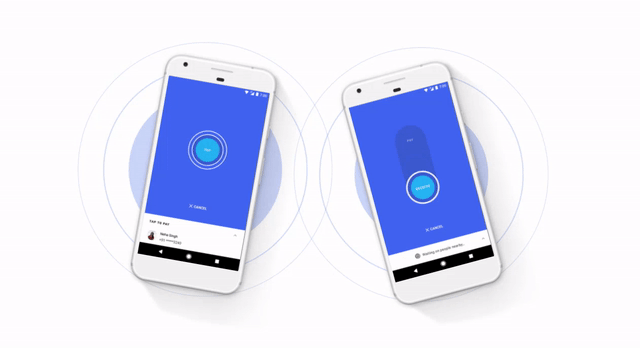I did a new interview on #transhumanism for some journalism students at Germany’s Technical University of Dortmund. It’s in English:
Mechanical bodyparts are very common nowadays – a lot of humans have a hip replacement or a pacemaker. Technology helps saving our lives rather often. Some people want to take this a lot further – a philosophical and scientific movement called Transhumanism. Zoltan Istvan Gyurko is one of the most famous Transhumanists, he even ran for president in 2016. In this interview, he talks about his first experiences with Transhumanism, immortality and the future of humanity.
By Marie-Louise Timcke und Paul Klur
Why is Transhumanism important for our society nowadays?
Zoltan Istvan: Well, Transhumanism is perhaps the most important subject matter that we have actually existing in society at the moment. Because humankind has been moving forward very slowly developing science and technology. But in ways that haven’t really rudimentary changed the human being. But all of a sudden, since the invention of the microchip, humanity is changing dramatically because of data, because of the internet, because of computers, because of smartphones. And what we have seen is almost nothing compared to what we’re going to see over the next ten or twenty years. Transhumanism is the field that wants to use science and technology to modify the human being and realise this kind of digitization of the actual self. But most importantly, the next ten years are going to be completely disruptive to whatever we thought it meant to be human beings.


